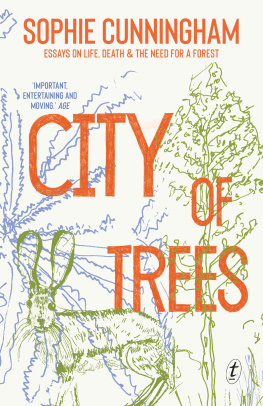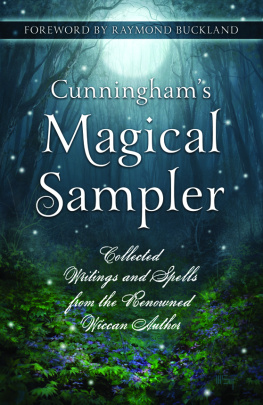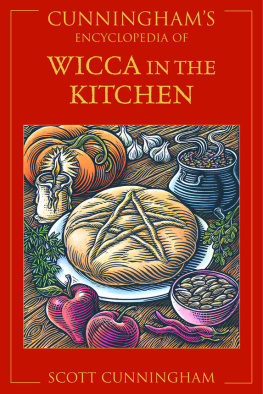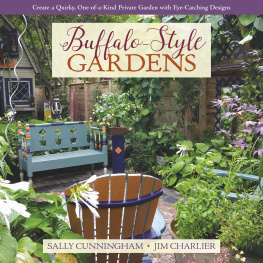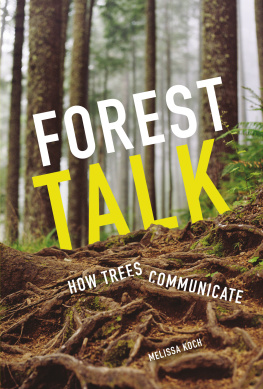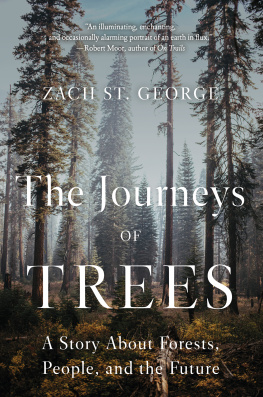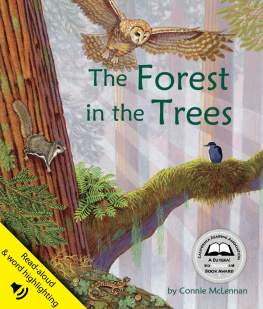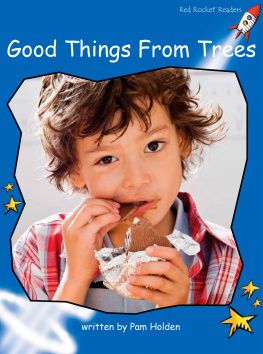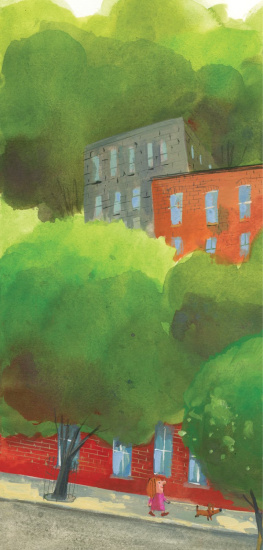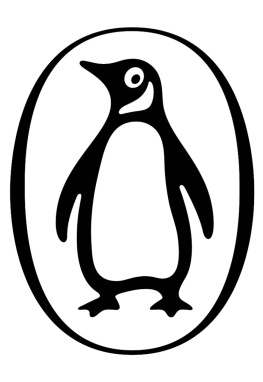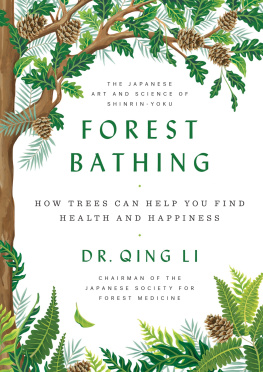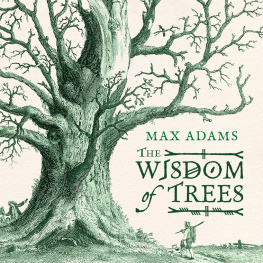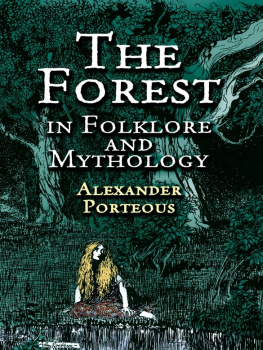

How do we take in the beauty of our planet while processing the losses? What trees can survive in the city? Which animals can survive in the wild? How do any of ushumans, animals, treesfind a forest we can call home?
In these moving, thought-provoking essays Sophie Cunningham considers the meaning of trees and our love of them. She chronicles the deaths of both her fathers, and the survival of P-22, a mountain lion in Griffith Park, Los Angeles; contemplates the loneliness of Ranee, the first elephant in Australia; celebrates the iconic eucalyptus and explores its international status as an invasive species.
City of Trees is a powerful collection of nature, travel and memoir writing set in the context of global climate change. It meanders through, circles around and sometimes faces head on the most pressing issues of the day. It never loses sight of the trees.

[The moon is]
like silver
Sappho
FRAGMENT 112

I saw in Louisiana a live-oak growing,
All alone stood it and the moss hung down from the branches,
Without any companion it grew there uttering joyous leaves of dark green
WALT WHITMAN
WRITERS love to wrestle with trees, so rich are their metaphoric possibilities, so soothing is the light that filters through their leaves. I once stood in a grove of horse chestnuts in Kew Gardens as pollen rained down through shafts of sunlight and thought to myself: ah, this is what Philip Pullman calls Dust. Then I lay down under one particular chestnut, or rather within it, for its low boughs rested on the ground and enclosed the space and therefore me entirely, and took a nap. Trees are not good for productivity. They encourage sloth. (Also sloths, which have arms that are longer than their legs and curved feet, both features being really useful if you live in a tree.) Visiting some of the remoter trees takes timeyou have to get on planes, hire cars, walk for kilometres. But I begin. I photograph trees. I walk among them. I draw them. I write about them.
The production of your average physical book takes months, which is plenty of time for an entire ecosystem to be destroyed. That knowledge should make me move faster but the effect has been quite the opposite. My photos are posted over years. I walk slowly. I write slowly. I have to teach myself how to draw. The unravelling of millions of years of evolution takes some time to wrap your head around, especially if, like me, youre still trying to come to terms with what came first: the splendour of it all.
In early 2016 I began to study painting at the Sharon Art Studio in Golden Gate Park, San Francisco. On the first day of class I posted a picture of a coast live oak that grows near there. Such was the general enthusiasm for it among my friends that I decided to commit to an Instagram feed on which I posted a picture of a tree daily: @sophtreeofday. Ive only missed a couple of days since then, which means that every day I stop and look at trees and try to figure out exactly what Im looking at.
What species is it? Should I even call it it? Did it grow of its own accord or was it planted there?
I talk to them sometimes. Nap under them; and yes, I hug them.
Humans and trees share an ability to communicate. Trees release hormones and pheromones. So do we. We speak words, they pass sugars to each other using fungal filaments. You can read relationship in the way they grow and sway together, the way they weave around each other, the way their roots reach out to each other, the way their crowns meet overhead. The way they crowd each other out at times, and make it hard for the generations that come after them to get ahead. Some trees, like the coast live oak, like to live with a cohort and are more likely to die when separated. Other trees would rather not compete for resources and need personal space.
People like to talk about trees and to trees. Trees in cities. Trees in national parks. Since 2015 its been possible to email thousands of Melbournes trees directly, and more than four thousand people have taken advantage of this opportunity. Dear TreeIf you are that big round beautiful low hanging tree I think you are my favourite tree. Such beauty on such an ugly road. Keep up the good work. That email was sent to a golden elm on the corner of Alexandra Avenue and Punt Road and is not atypical. I dont email trees but over the last few years Ive had long conversations with strangers about them, usually when Im walking through parks.
The pleasure of tree talk is tempered by the fact that most
There are parts of Europe where forests are beginning to grow again; and as the permafrost thaws and ice melts its possible that trees will be able to colonise land further to the north and south. But historically these ebbs and flows of the climate and related ice ages have unfolded over thousands of years. Climate change is pushing this change forward in a blur of speed, making it more difficult for organisms to adapt.
I too am having trouble adapting.
A tree is never just a tree. It speaks of the history of the place where it has grown or been planted: the hills that were dynamited, the creeks that were concreted, the water that has been drained to give it a place to root. Trees speak of the displacement of first nations. Of the endless lust of governments (small and large) to control places and the ways in which trees should or should not grow, the ways in which humans should or should not live.
Is a particular tree local (indigenous, native) or is it from somewhere else (exotic, invasive, introduced, a weed)? Do they belong? Its not such a complicated question when it comes to the oak that was my first #treeoftheday. Coast live oaks are unusual because they can handle sand dunes and relish the fog that rolls in off the Pacific; it hangs thick in this part of the city, especially in summer. The tree is close to one of the few remnants of oak woodlands left in San Franciscowoodlands that predate Golden Gate Park, which was developed back in 1871. Like the remnant moonah (Melaleuca lanceolata) on Victorias Mornington Peninsula, these trees are dark and sinewy, they twist and turn as they dodge the winds and move towards the light. They have small leaves that knit tightly together; a delicate lacework that filters the sun.
Oaks are scattered throughout northern California, though their numbers are severely reduced. It is almost impossible now to imagine that Oakland was so called because it was thickly forested. Indeed, when I saw a photo in the Oakland Museum illustrating this fact, the dissonance between Oakland then and Oakland now was such that I didnt believe the image. I wondered if it was an artwork, a fantasy, a reimagined world.
The removal of all the original oaks in the area took a few decades. At the same time, oaks were planted in the parks that were being built in both Oakland and San Francisco. (Being a native tree was a dangerous thing back then, much as being a tree that has migrated from elsewhere is now. Its hard for a tree to get it right.) Most of the people who had lived among these oaks, the Ohlone, had died under what the Spanish missionaries thought of as Gods watchful eye.
Next page
